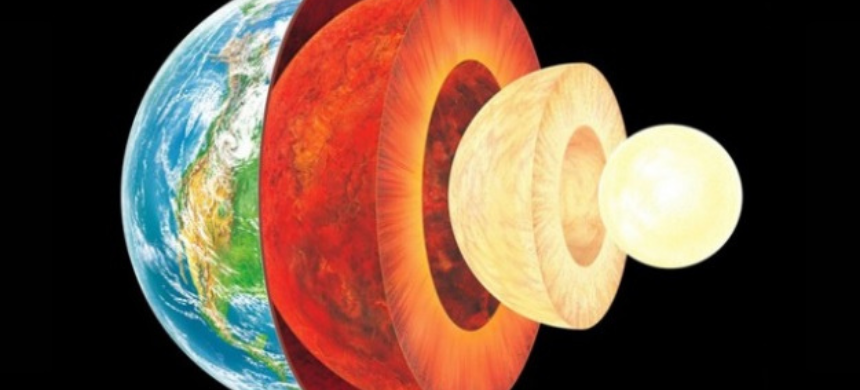Scientists have uncovered a vast water reservoir roughly 700 kilometers beneath Earth’s surface, estimated to be up to three times larger than all of the planet’s surface oceans combined. This groundbreaking discovery challenges existing theories about the origins of Earth’s water and reveals new complexities in the planet’s geological dynamics.
Discovery Overview
A research team from Northwestern University made this remarkable find by employing advanced seismic analysis. By analyzing data from over 2,000 seismographs and examining more than 500 earthquakes, they observed a significant slowing of seismic waves at depth, indicative of water presence.
Read More: New Discovery Super-Earth Planet Could Be Composed of Diamonds
The Role of Ringwoodite
The water is not in liquid form but is instead trapped within a mineral known as ringwoodite. This blue mineral has a unique structure that allows it to absorb and store water, effectively holding vast quantities in a compact form within Earth’s mantle.
Implications for Earth’s Water Cycle
This discovery supports the theory that Earth’s surface oceans may have originated from deep within the planet, challenging the idea that water came from external sources like comets. Additionally, it implies that this reservoir could play a vital role in regulating the stability of surface oceans over long geological periods.
Future Research Directions
The team plans to gather additional seismic data globally to determine if this water reservoir is a worldwide phenomenon. Further studies could provide valuable insights into Earth’s water cycle and the complex interactions between the planet’s surface and its interior.
This discovery not only redefines our understanding of Earth’s geology but also highlights the need for continued exploration into the planet’s deep-seated processes.











